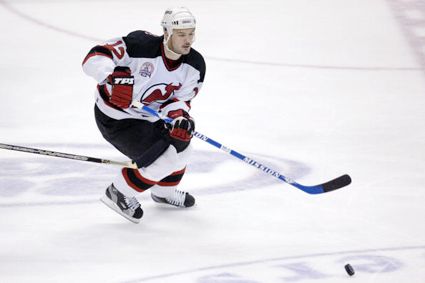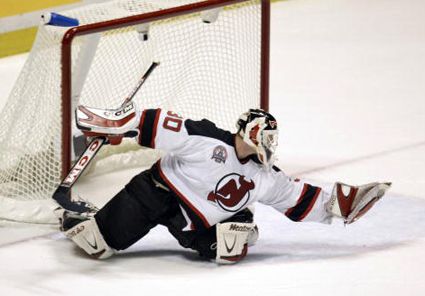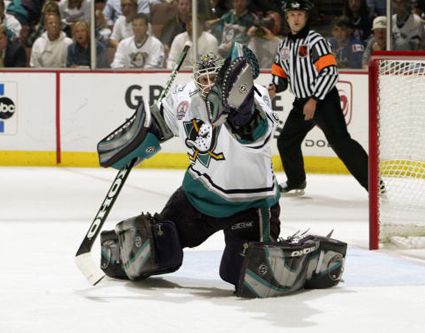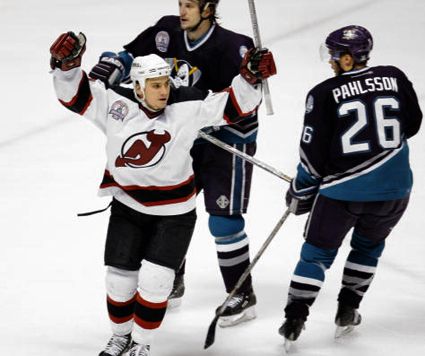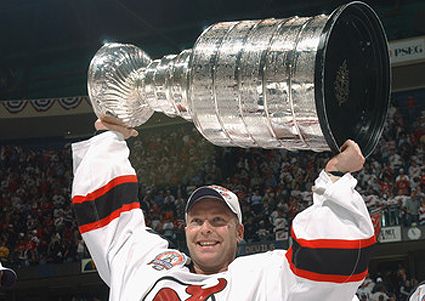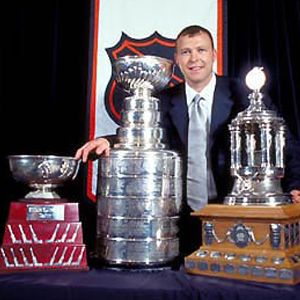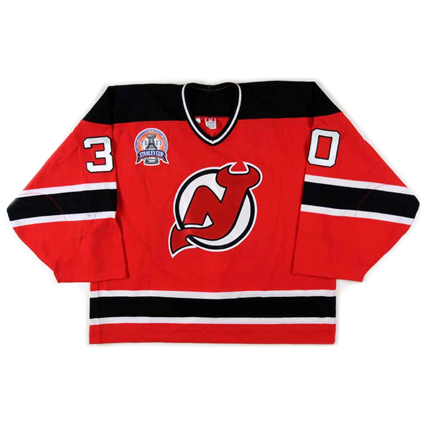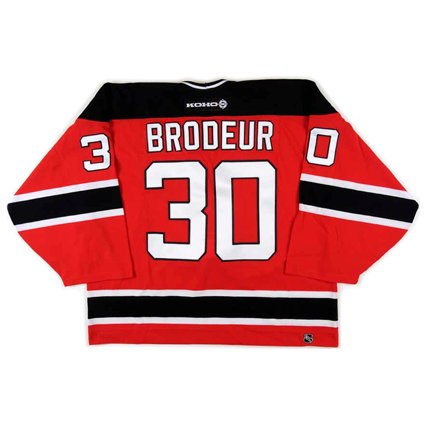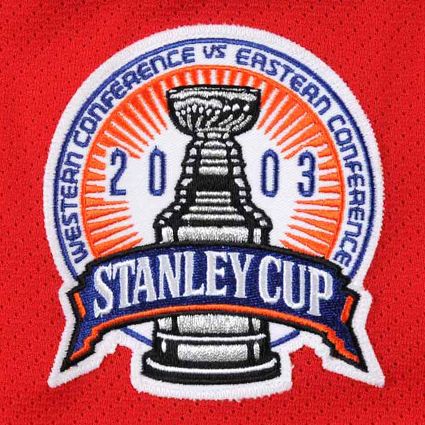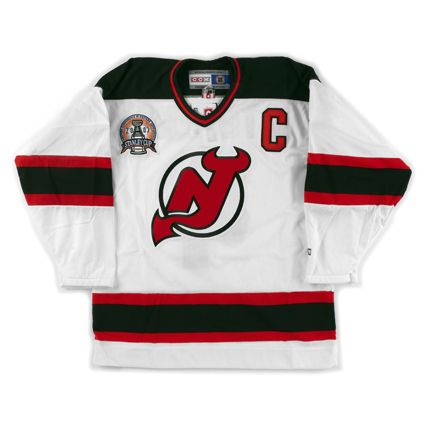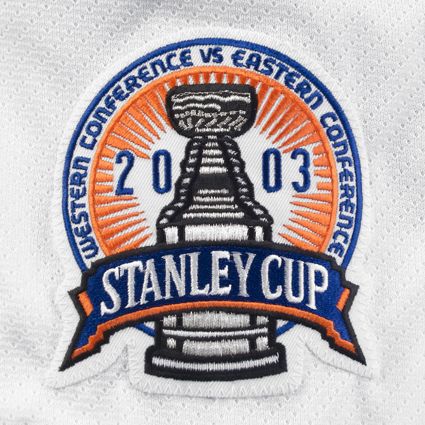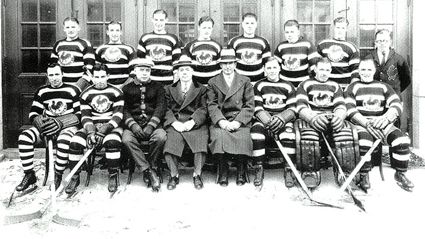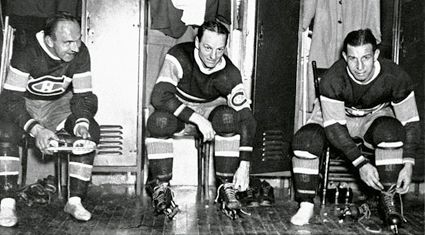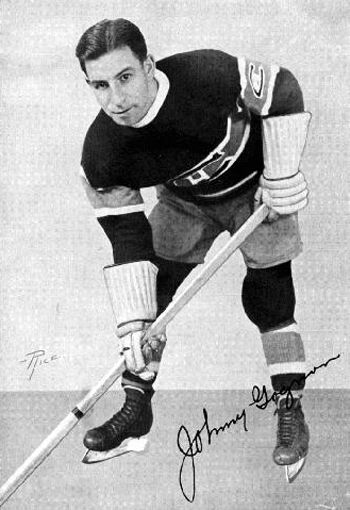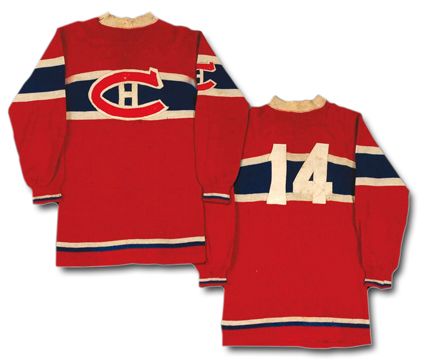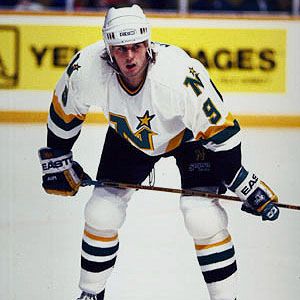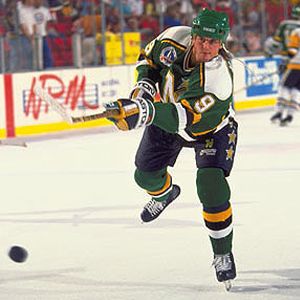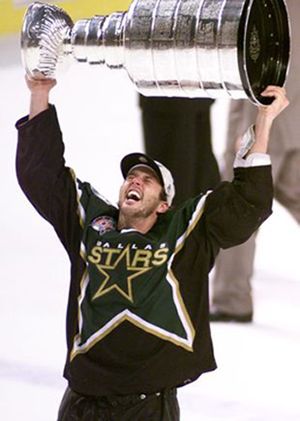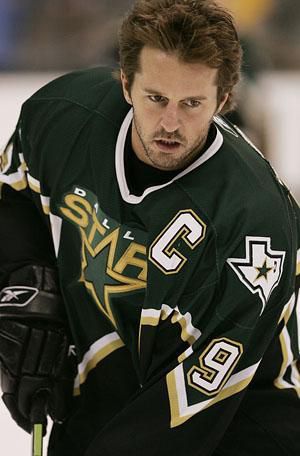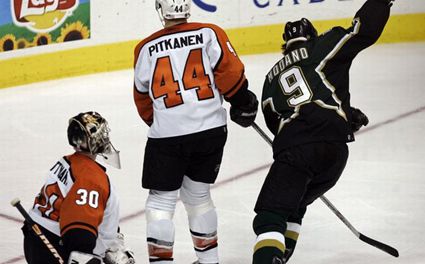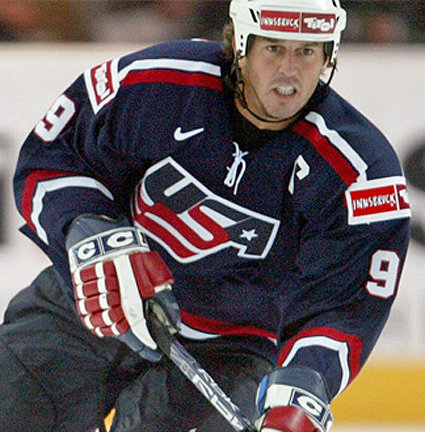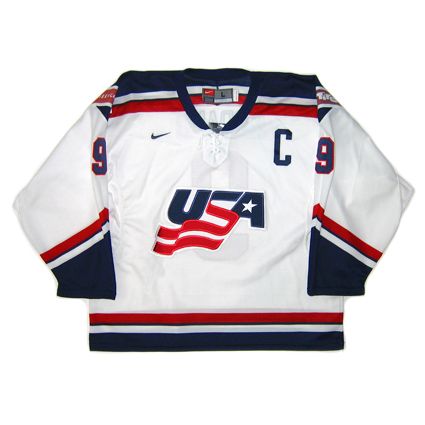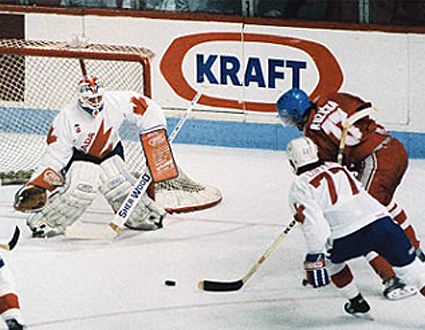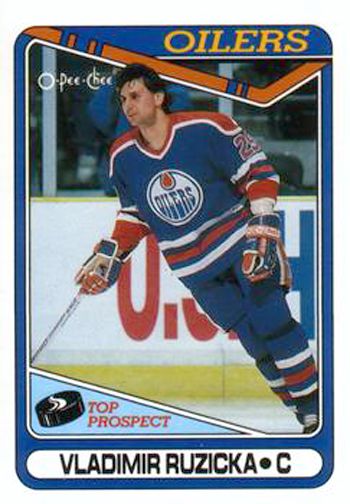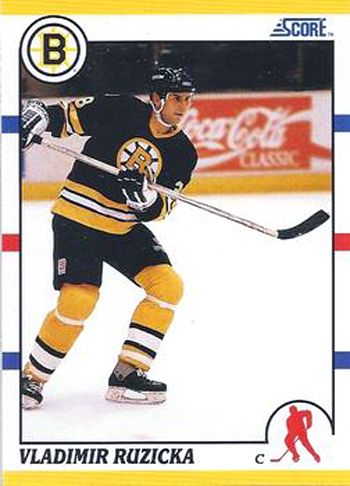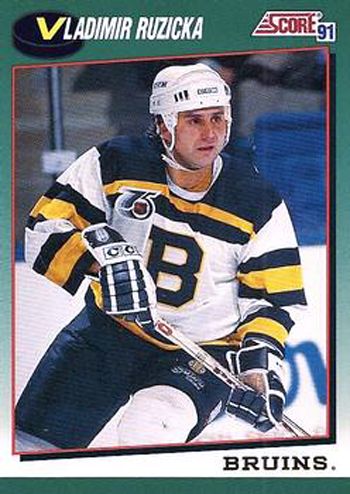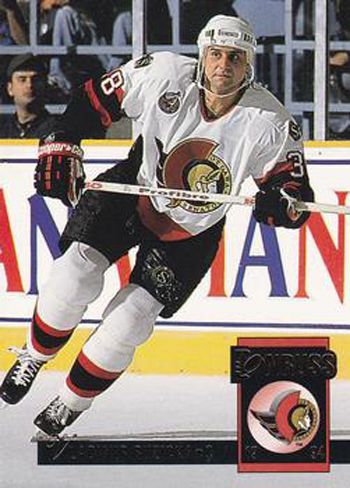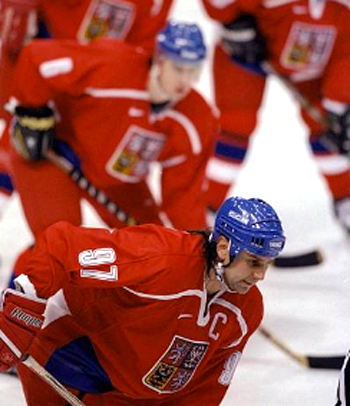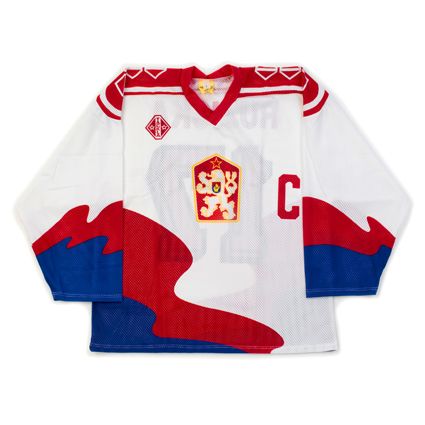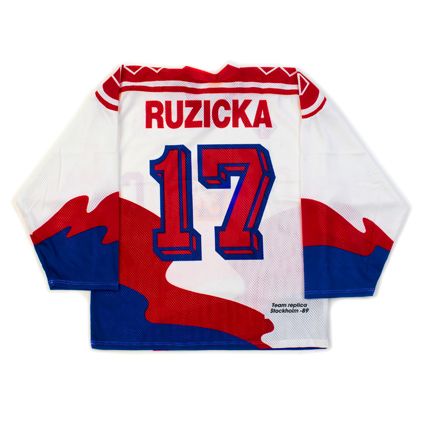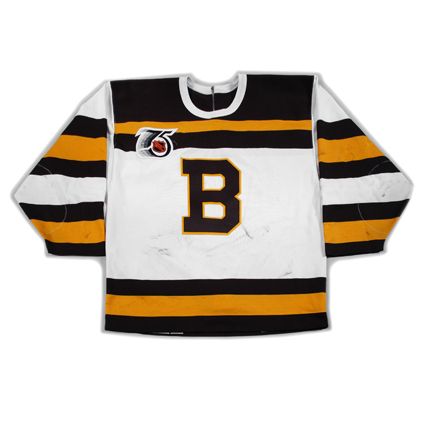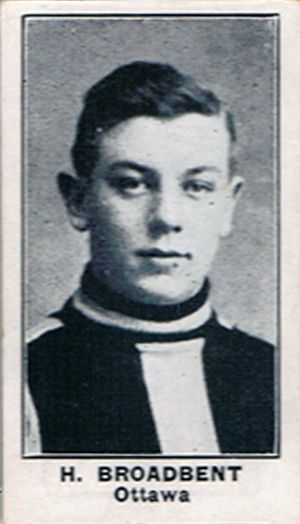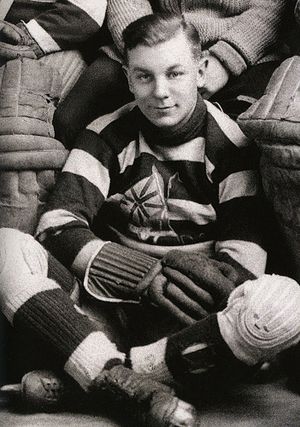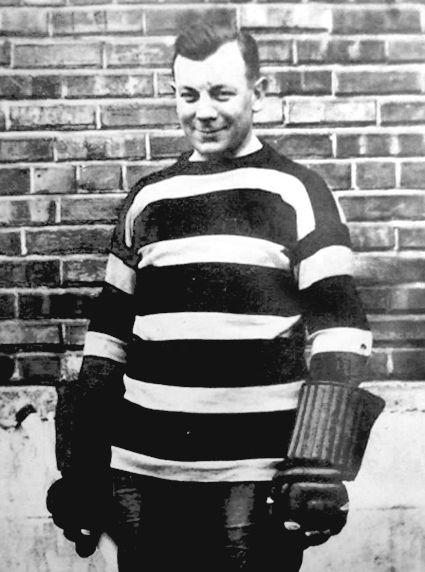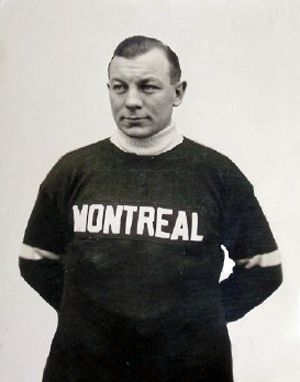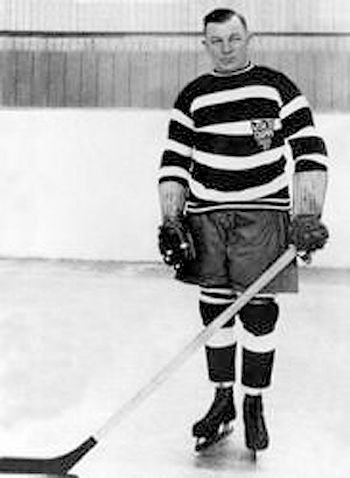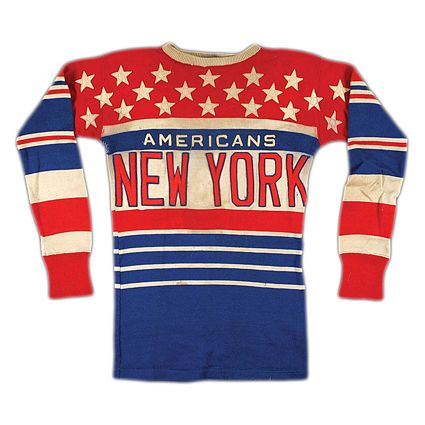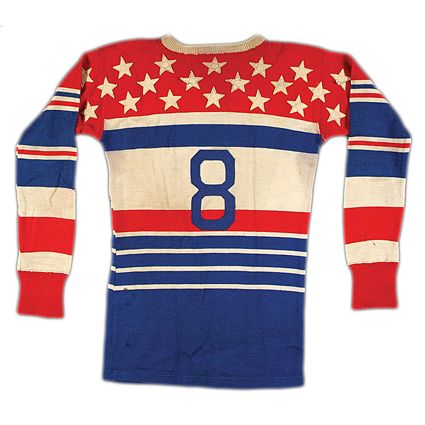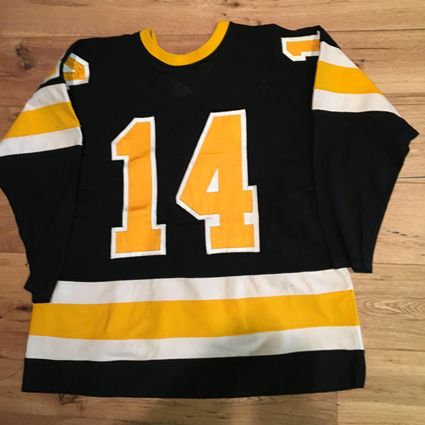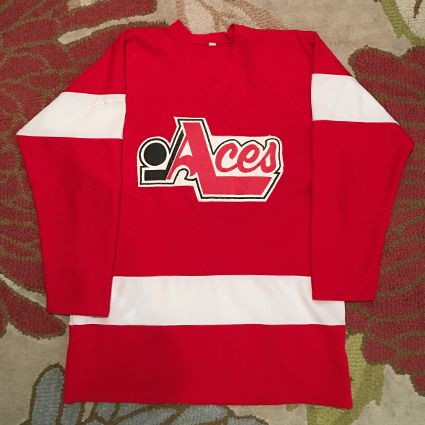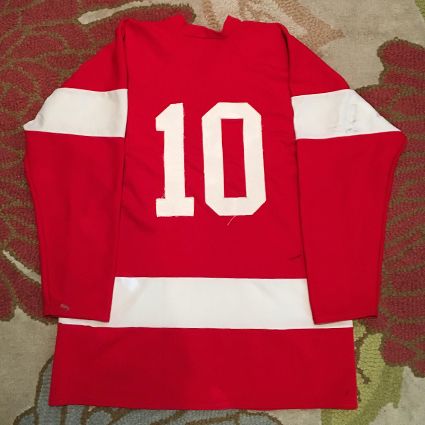Right winger
Johnny Gagnon began his organized hockey with his hometown Chicoutimi Bleuets of the Quebec Provincial Hockey League in the 1922-23 season.
The problem for Gagnon was, that his parents did not approve of his playing hockey in the slightest, to the point that his father would break his sticks when he caught him playing hockey!
Gagnon, now 18 years old and not finding any support for his passion for the game at home, traveled the 325 kilometers by train south to try out for the Trois-Rivieres Renards of the Eastern Canada Amateur Hockey League. He made the club and played two seasons for the Foxes, scoring 18 goals in 16 games during his second season of 1924-25.
The then joined the Quebec Sons of Ireland club in the Quebec Amateur Hockey Association for the 1925-26 season.
The diminutive Gagnon, topping out at 5 feet 5 inches, had caught the eye of the Montreal Canadiens, but team president
Leo Dandurand judged him to be too small for the NHL. Gagnon challenged Dandurand to weigh him and judge for himself. Gagnon then filled his pockets with rocks and weighed in at 150 pounds, ten more than his actual weight!
Gagnon was invited to the Canadiens training camp and was eventually assigned to the Quebec Castors of the Canadian-American Hockey League for the 1926-27 season, where he scored 27 goals and 33 points in 32 games, easily beating his next closest Beavers teammate, who had but 13 goals and 17 points.
After standing out during an exhibition game in Providence, Rhode Island, and arrangement was made for him to join the Providence Reds for the next three seasons, leading the club in scoring in 1927-28 with 20 goals and 24 points in 39 games. Gagnon bettered that in 1929-30 with 21 goals and 38 points, finishing second on the club while Providence won the Can-Am League championship that season.
The 1928-29 Providence Reds
For the 1930-31 season, Gagnon realized his dream of playing in the NHL, as he became a member of the Canadiens. Even better, he was paired with linemates and future Hall of Famers
Aurele Joliat and
Howie Morenz.
Morenz, Joliat and Gagnon formed the core of the Canadiens offense
Gagnon's rookie season saw him finish with 18 goals and 25 points in 41 games. The Canadiens would win the Canadian Division of the NHL and defeat the Boston Bruins 3 games to 2 in the Semifinals to advance to play the Chicago Black Hawks for the Stanley Cup.
Gagnon's father passed away during the Finals, and after attending his funeral, Gagnon made his way to Montreal for Game 4, where he scored twice and assisted on a third goal to help tie the series at 2 games apiece. Montreal would win the decisive Game 5 to capture the championship 3 games to 2 and earn Gagnon his name on the Stanley Cup after just his first season of play in the NHL, bearing in mind that the Canadiens were not the dominant club they would become, as this was only their fourth championship in franchise history at the time. In all, Gagnon contributed 6 goals and 8 points in Montreal's 10 playoff games.
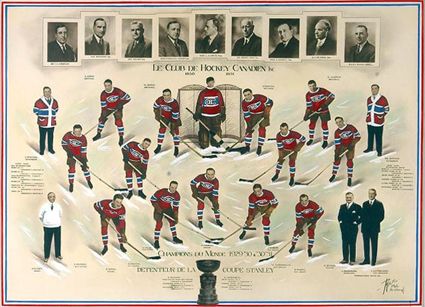 The Stanley Cup Champion Montreal Canadiens
The Stanley Cup Champion Montreal Canadiens
He set a career high in points in 1931-32, scoring 19 goals and 18 assists for 37 points in 48 games. The following season of 1932-33, he set a career high in assists with 23 on his way to 35 points. The humble Gagnon was quoted as saying that he would just pass the puck to Morenz and Joliat, stand back and get an assist.
In 1933-34, his point total was down to 21, no doubt affected by Morenz missing 9 games that season, but he still managed to finish third in team scoring for the third consecutive season.
Just prior to the 1934-35 season, Gagnon was traded to Boston due to clashes with then Canadiens head coach
Newsy Lalonde. He was a huge disappointment for the Bruins, scoring just one goal and being credited with a single assist in 24 games before being sold back to the Canadiens on January 3, 1940, a move made possible with Lalonde having been relieved of his duties just 16 games into the season. Despite being back in familiar territory, Gagnon had but one goal and 5 assists in 23 games for the Canadiens.
Gagnon was sold back to Montreal after just a half a season in Boston
In 1935-36, he had a somewhat improved season, but was still off his usual pace with 7 goals and 16 points in full season with Montreal.
Gagnon roared back with a career high in goals with 20 in 1936-37 on his way to 36 points, the second best of his career to lead the Canadiens in scoring for the only time.
He proved that season was no fluke with 13 goals and 30 points in 1937-38 and 34 points in 1938-39.
During this time period, Morenz tragically passed away in March of 1937, slightly more than a month after severely breaking his leg in a game in late January. A benefit game for Morenz' family was organized for November of that season between a team of all-stars from the Canadiens and Montreal Maroons, taking on a team comprise of players from the remaining six clubs.
The combined Canadiens and Maroons All-Star Team in 1937
Gagnon scored the first goal of the game and later added an assist plus a second goal, both in the second half of the third period to fuel a Montreal All-Stars attempted comeback in a 6-5 defeat.
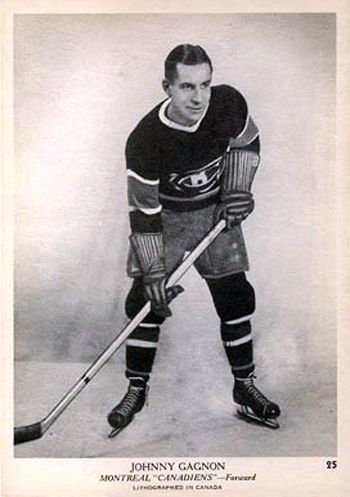 Gagnon was the star of the Howie Morenz Benefit Game
Gagnon was the star of the Howie Morenz Benefit Game
Just prior to the 1939-40 season, Gagnon again appeared in a benefit all-star game, this time for former Canadiens player
Babe Siebert, who tragically drowned while swimming.
He returned to Montreal for the 1939-40 season, scoring 9 point in 10 games before being traded to the New York Americans on January 3, 1940. He would play 24 games for the Americans to close out his time in the NHL.
He was not finished as a player however, as he would play for the Shawinigan Cataracts in the Quebec Senior Hockey League in 1940-41, scoring 41 points in 33 games. The following season he would play for the North Sydney Victorias of the Cape Breton Senior Hockey League.
After taking the 1942-43 season off, Gagnon returned to the ice with his old club in Providence, playing in 50 games for the Reds with 19 points. He returned for an abbreviated 1944-45 season, playing the final 9 games of his career before retiring as a player.
His final NHL totals were 454 games played, scoring 120 goals and 141 assists for 261 points. Additionally, he scored 12 goals and 24 points in 32 playoff games, winning the Stanley Cup once during his rookie season of 1930-31.
Today's featured jersey is a
1930-31 Montreal Canadiens Johnny Gagnon jersey as worn during his rookie season in the NHL when he would go on to win the Stanley Cup.
The Canadiens first wore a red jersey with a blue band around the body when they wore barberpole jerseys during the 1912-13 season, which were too similar to those worn by the Ottawa Senators. The concept returned the following season as their new full season jersey, only now with white trim separating the blue band from the red boy, which remains in use, now over 100 years later.
This particular variation began to come into focus in the 1924-25 season when the Stanley Cup winning Canadiens proudly wore a jersey with a globe logo emblazoned "World Champions", while moving their traditional "CH" logo to the sleeves that season.
While the "CH" logo returned to the chest for 1925-26, one of the "CH" logos remained on the Canadiens left sleeve. In 1927-28, the collar changed to all white from its previous red, white and blue, bringing us to today's feature jersey. This remained in effect through the 1934-35 season.

